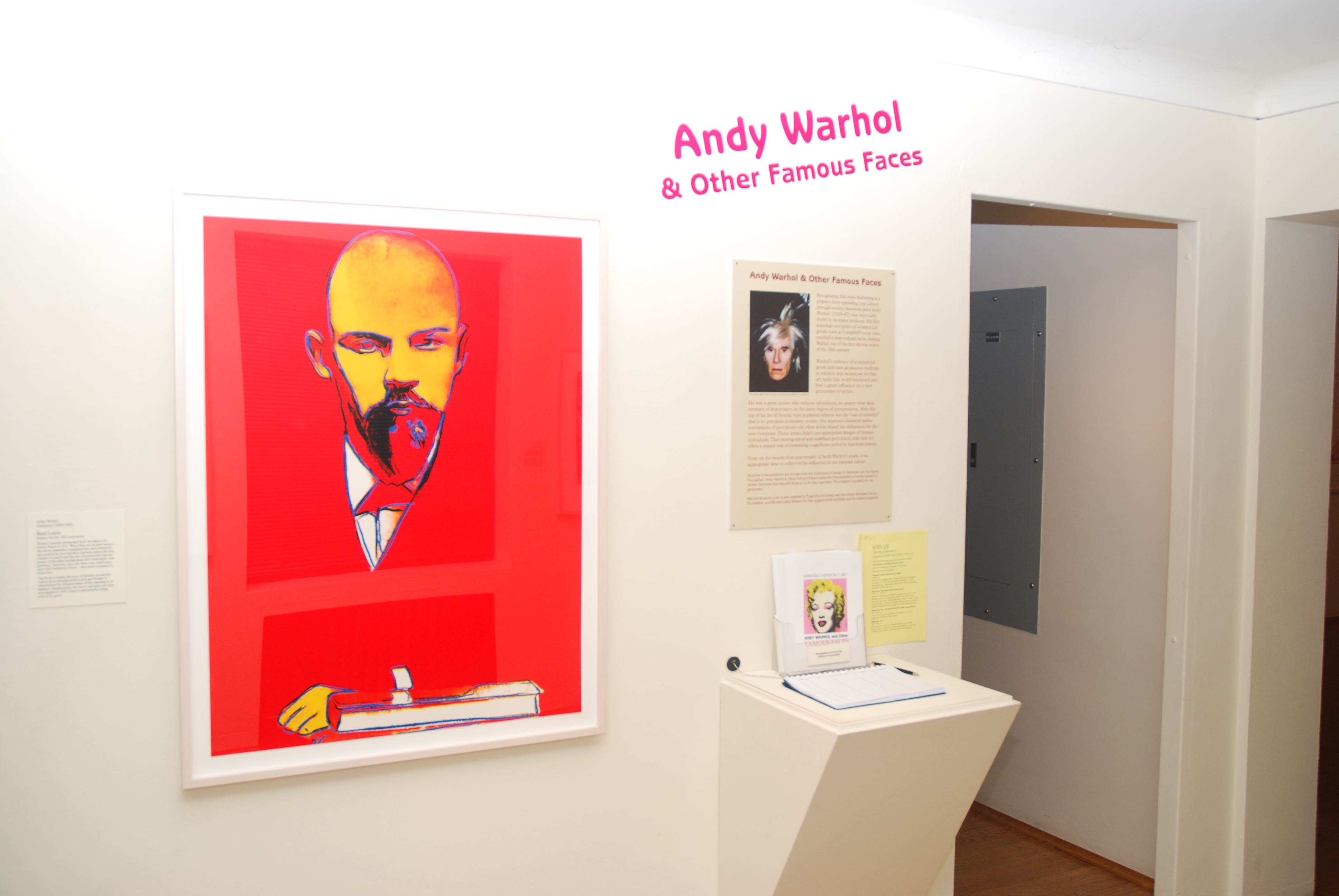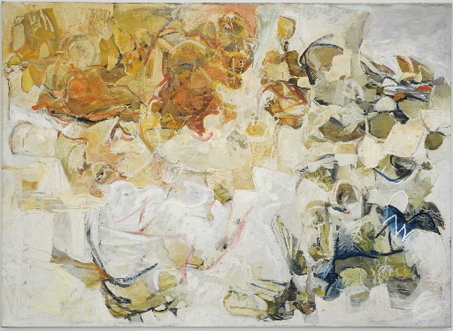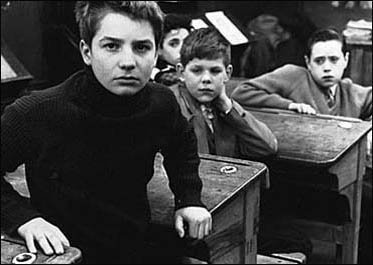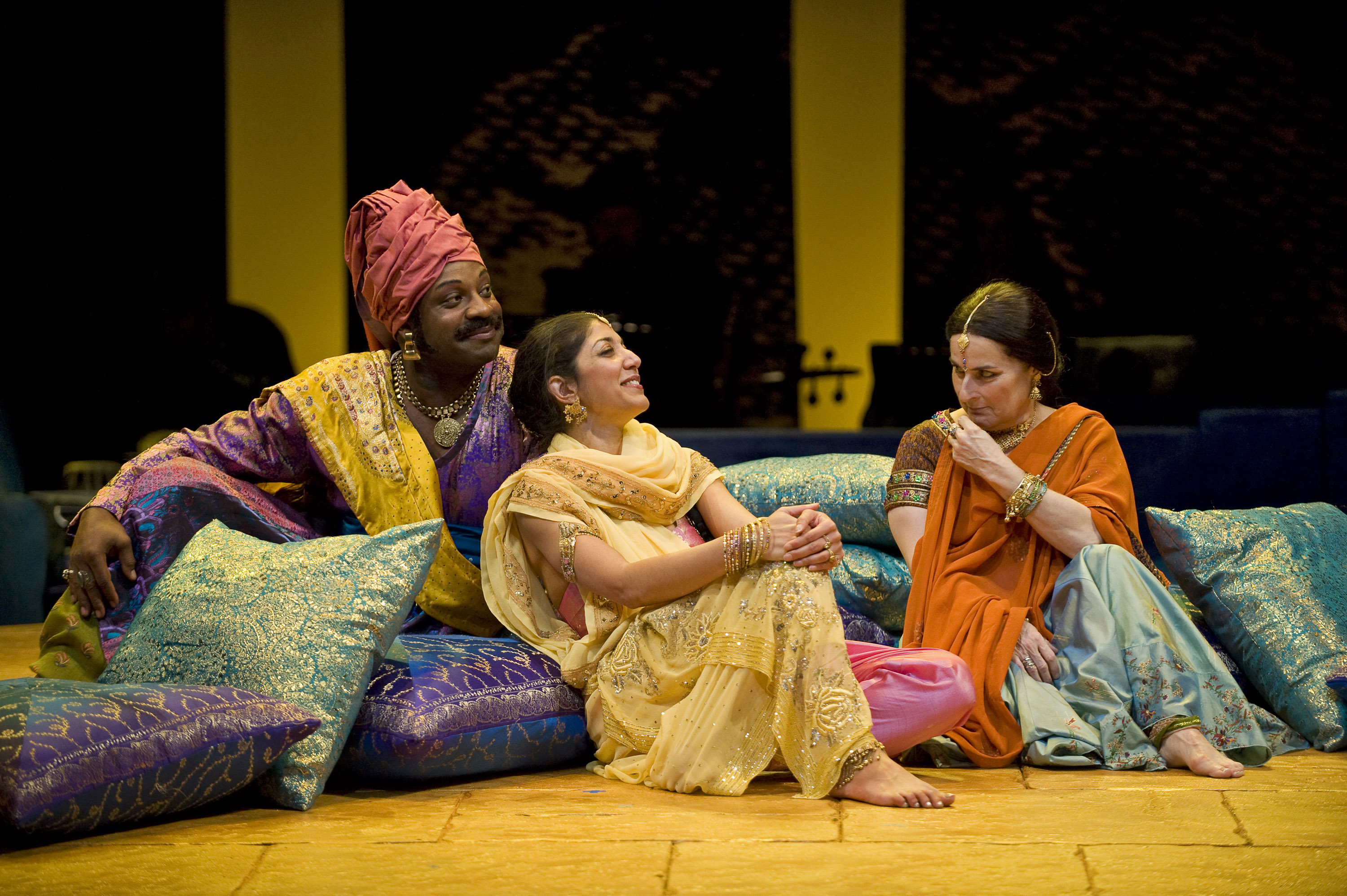I stopped trying to be a Woody Allen expert a long time ago. Too many movies, too much the same, lingering on the surface, hoping perhaps to be more than they were, but mostly content to just be there, or so it seemed, hoping to capture the zeitgeist the way Annie Hall did. Not that I don’t still go to some of Woody’s movies. Or watch them on video. He’s still an American antidote to Hollywood, a different sensibility, scale, ambition. And his work ethic is something of an inspiration.

That’s a long preamble to a short take on his newest movie, Vicky Cristina Barcelona, which opened last night, and at least at the Lloyd, where it was almost chilly, played to an almost full house at the 7-ish p.m. show. We were not a young crowd. But we were laughing. Sure, the characters veered into stereotypes, as they so often do, but that’s part of comedy, dating back to commedia. And sometimes it seemed that Woody really did want to make a “serious” film about this subject — two young American women amusing themselves in Barcelona where they fall under the spell of a Catalan artist with a violent ex-wife lurking — instead of an amusing take on French films. But the look of the film and the acting was, well, I almost typed “fun” and that isn’t far off. Fun, amusing, lightly engaging, sensuous in a way.
I particularly enjoyed the way the characters and the actors so often channeled Woody, specifically the American ones. Rebecca Hall as Vicky, the more uptight of the two, was especially adept at this, a mess of contradictions and rolling eyes and confessions that somehow become funny. Patricia Clarkson is also excellently Woody-esque, and her scenes with Hall are the best in the movie, from my particular seat.
All the buzz is about the Scarlett Johansson-Javier Bardem-Penelope Cruz love triangle, and the kiss between Johansson and Cruz. Neither Johansson nor Bardem has much to do, acting-wise, until Cruz juices the energy level as the ex-wife. While they are playing it more or less straight, Cruz seizes her stereotype, shakes it, sends it to the gates of Utter Parody, brings it back to play nice with the others, then shakes it up again. I love the way she and Bardem go back and forth between English and Spanish.
I also love the travelogue feel of the movie. We get some sweet footage of Barcelona and as Woody said in an LA Times interview, bicycling in the countryside. It’s lush and pretty, the upper class version of Barcelona, the picture postcard version, but still… see, I almost did it again. Fun.
The Oregonian’s Shawn Levy IS a Woody Allen expert, and he is a supporter of the film, to a degree. For a plenitude of other reviews, there’s Rotten Tomatoes, where it’s currently measuring about 7 out of 10 on the Tomato Meter.












